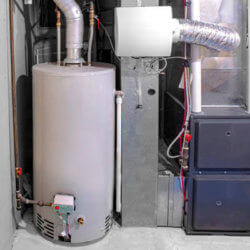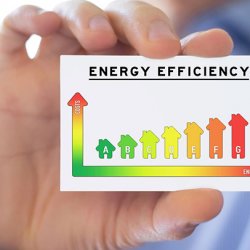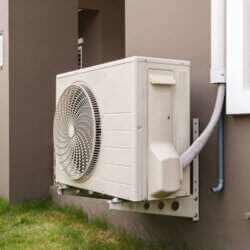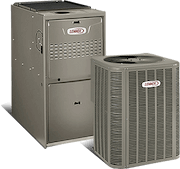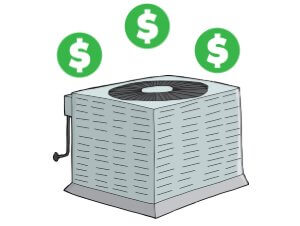
Homeowners are often surprised to discover their home is heated and cooled by an electric heat pump, instead of a traditional gas furnace and air conditioner. This is especially true in St. Louis, where our strong Midwest winters once made electric heat pump less likely to be effective.
Luckily, the technology has improved in leaps and bounds, and many newly built homes now feature energy efficient heat pumps. With many homeowners in St. Louis encountering homes with electric heat pumps for the first time, here are some good tips to have on hand to make the most out of your electric heat pump.
If you are not sure if your home has an electric heat pump, it never hurts to call an HVAC company with questions. Our experts at Galmiche & Sons have been serving homeowners in the St. Louis area since 1950, and we understand their heating & air conditioning needs.
Electric Heat Pump Differences
1. Air Temperatures Feel Different than with Gas
One of the major differences is that the air coming through your home’s vents feels colder from an electric heat pump when compared to a traditional gas furnace. The difference comes down to how an electric heat pump actually operates. The heat pump typically heats the air to 95 to 100 degrees over a longer time to reach your desired home temperature, compared to a gas furnace’s 120-degree air over a shorter burst. However, with this difference, electric heat pumps use about 50 percent less electricity compared to traditional furnaces.
2. Emergency Heat Backup
Many homeowners become worried when they see an electricity spike and a big rise in their electric bills. This can occur when your electric heat pump activates emergency heat backup mode. Emergency heat can happen if your electric heat pump cannot reach the programmed temperature setting or if there is a quick jump in the temperature setting.
What is an Electricity Spike? When your system enables emergency heat, it needs to use a large amount of electricity, which can be more than 10 times the average amount your electric heat pump normally uses.
Save energy & Avoid Large Temperature Swings: To save electricity and avoid an unwelcome bill, try to avoid big swings when setting up your home’s temperature program. Instead of a 10-degree swing of having your home be 60 degrees during the day and 70 degrees at night, set it 3 to 5 degrees below your ideal comfort setting.
3. Electric Heat Pumps Freeze and Thaw
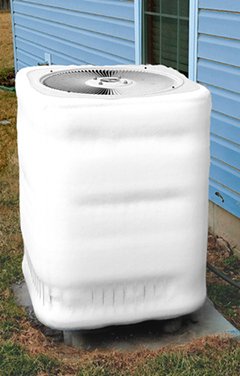
Your home’s electric heat pump operates by transferring heat between your house and the outside air. When your heat pump operates during the winter, the outside temperature affects the pump’s internal temperature. This can cause frost and ice to develop on the pump’s unit.
Luckily, the system comes with a defrost mode. Many homeowners get concerned by the audibly loud noise made during this mode, but it is a normal part of the system.
Embrace Your Electric Heat Pump
Electric heat pumps are great alternatives to traditional furnaces and air conditioners that take advantage of new technology for a warm and comfortable home. Remember these three tips for your electric heat pump so you can get the most out of your heating and cooling system while staying comfortable and energy efficient.
For more information about operating and maintaining your electric heat pump, call your St. Louis HVAC experts at Galmiche & Sons today! We will be happy to answer any questions you have about pumps or heating and air conditioning in general!



